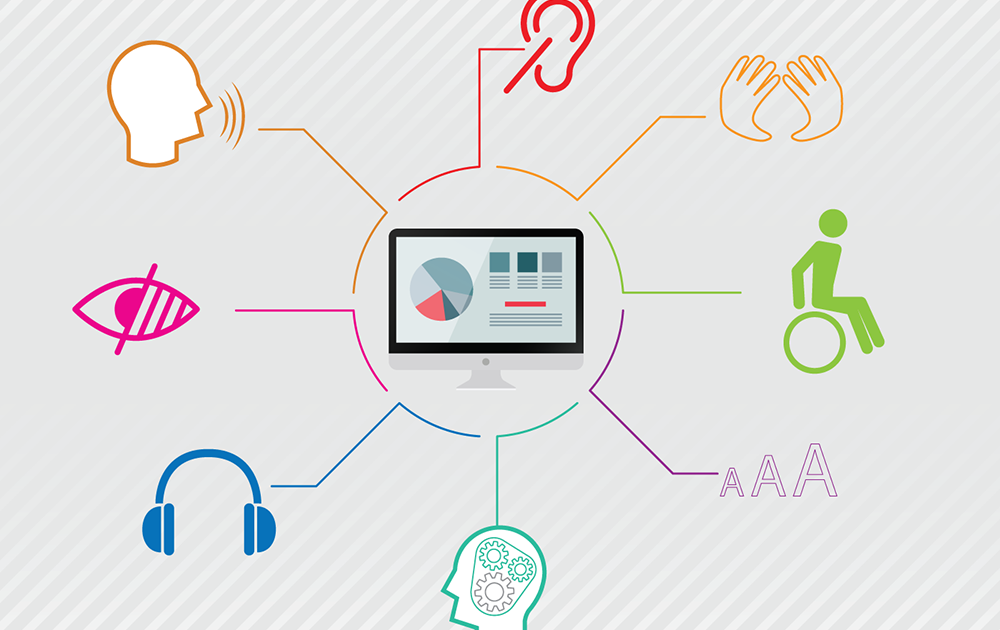The Pulse of News
Stay updated with the latest trends and insights.
Web Accessibility: Breaking Down Barriers with Style
Unlock the secrets of stylish web accessibility and learn how to break barriers for all users—your guide to an inclusive online experience!
Understanding Web Accessibility: Key Principles and Best Practices
Understanding web accessibility is crucial for creating an inclusive online experience. It refers to the practice of designing websites and applications so that individuals with disabilities can access and interact with digital content effectively. Some of the key principles of web accessibility include Perceivable, Operable, Understandable, and Robust (often referred to as the POUR principles). These principles ensure that all users, regardless of their limitations, can access information seamlessly. By incorporating accessibility features, such as clear navigation, alternative text for images, and appropriate color contrasts, web developers can significantly enhance the usability of their sites.
To implement best practices for web accessibility, consider the following recommendations:
- Use descriptive alt text for all images to provide context for screen reader users.
- Ensure that your website navigation is structured and predictable, enabling users with cognitive disabilities to orient themselves easily.
- Implement keyboard navigation support so that users can access all functionalities without a mouse.
- Test your website with various accessibility tools and conduct user tests with people who have disabilities to identify any barriers.
By adhering to these best practices, you not only comply with legal standards but also provide a better user experience for everyone.

How to Create Stylish and Accessible Websites for Everyone
Creating stylish and accessible websites requires a thoughtful balance between aesthetics and usability. Start by understanding your audience and their needs; ensuring that your design caters to everyone, including those with disabilities, is crucial. To enhance accessibility, consider incorporating semantic HTML elements, which help assistive technologies interpret content correctly. Additionally, use color contrasts that adhere to WCAG guidelines, making it easier for visually impaired users to navigate your site.
Incorporating responsive design is another vital aspect of building accessible websites. By ensuring that your site adapts seamlessly to different devices and screen sizes, you can provide a better user experience for all visitors. Utilize tools like flexbox and grid layout in your CSS to create flexible layouts. Don't forget to include alternative text for images, clear navigation, and focus indicators for interactive elements, which all contribute to a more inclusive online presence.
Common Myths About Web Accessibility: Debunking Misconceptions
Web accessibility is often misunderstood, leading to a range of common myths that can hinder progress toward creating inclusive online environments. One prevalent misconception is that making websites accessible is only about adhering to compliance standards, like the WCAG. While compliance is important, true web accessibility goes beyond this. It involves ensuring that individuals with disabilities can fully engage with content and functionality, which requires a commitment to understanding user needs and implementing thoughtful design practices.
Another myth is that web accessibility is an optional consideration for businesses. On the contrary, accessible websites can significantly enhance user experience for everyone, not just those with disabilities. By incorporating accessibility principles, websites can improve usability and reach a wider audience. Organizations that prioritize accessibility can also benefit from enhanced reputation and compliance with legal standards that protect the rights of individuals with disabilities.